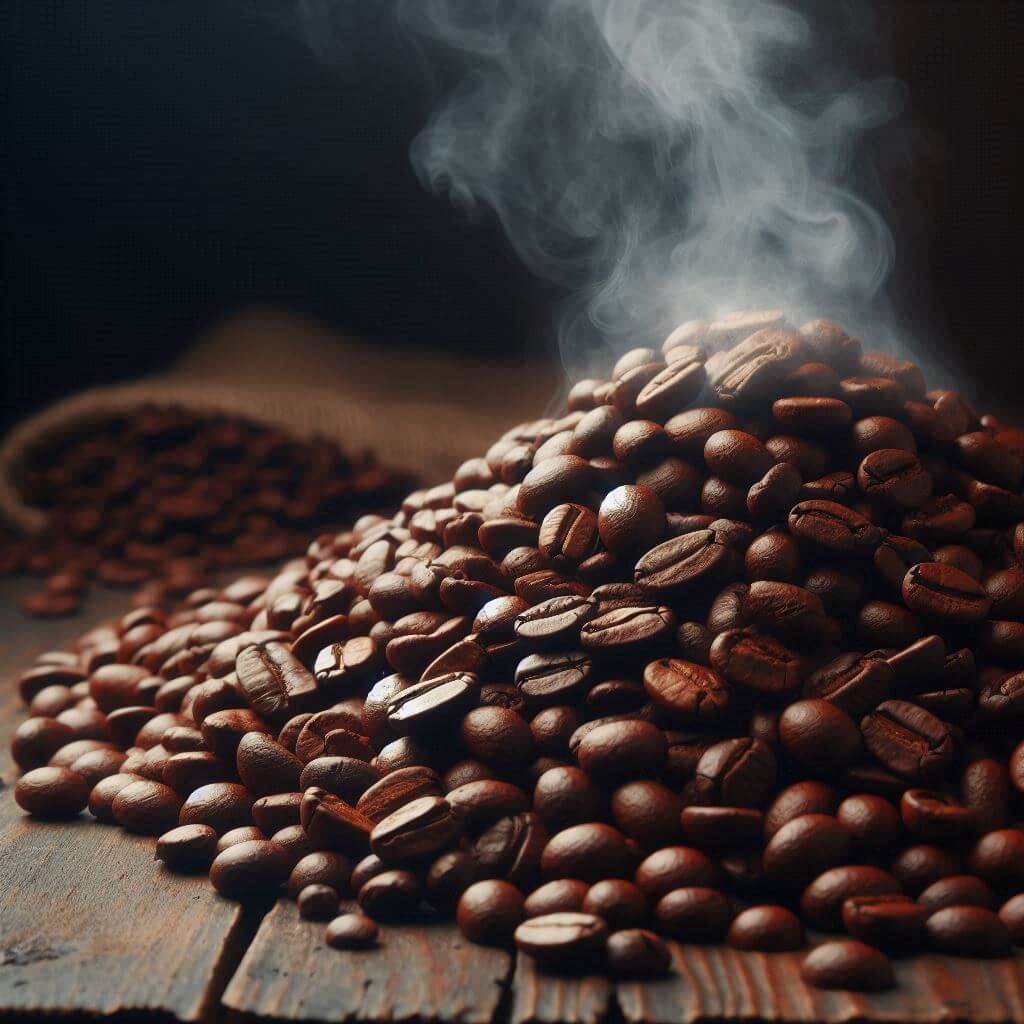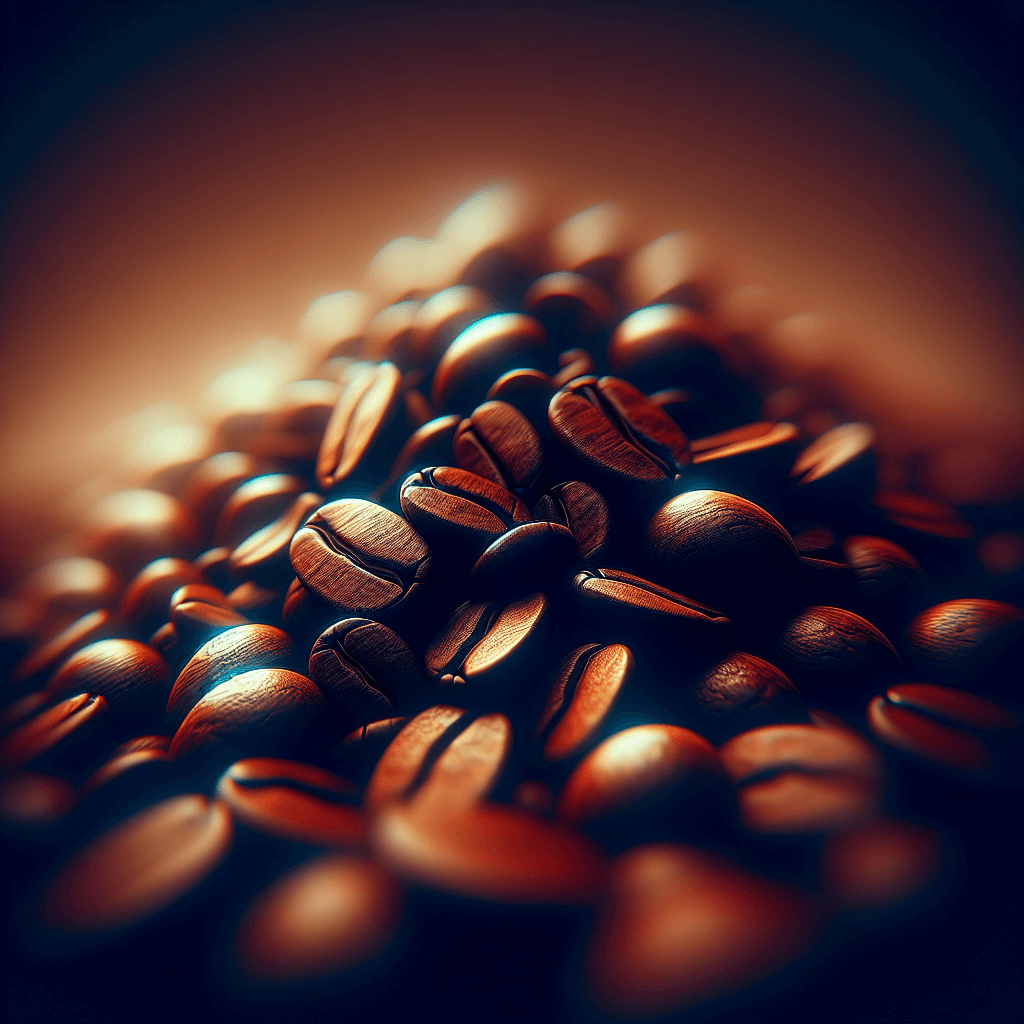
Coffee is a favorite drink enjoyed by millions of people around the world every day. With a rich history and diverse flavors, coffee plays an important role in cultural and social settings around the world. However, not all coffee is created equal. The type of coffee bean used significantly affects the taste, aroma, and overall impression of coffee. To truly appreciate your cup of coffee, it’s important to understand the differences between the main types of coffee beans: Arabica, Robusta, and Liberica.
Arabica
Arabica coffee, scientifically known as Coffea arabica, dominates the global coffee industry, accounting for about 60-70% of global coffee production. Its origins lie in the highlands of Ethiopia, where it was first discovered centuries ago. These beans are known for their smooth and complex flavor, which often includes sweet and fruity notes. Arabica coffee is mainly grown in Latin America, Africa, and certain regions of Asia. The climate in these regions is generally more temperate with well-distributed rainfall, making it ideal for growing Arabica.
Arabica plants are special in terms of growing conditions. They require a specific altitude range, from 2000 to 6000 feet. At these elevations, the cold temperatures help slow the growth of the coffee cherries, allowing more time for the fuller flavors to develop. These plants are more vulnerable to pests, diseases such as coffee leaf rust, and adverse weather conditions compared to other varieties, making cultivation more labor-intensive and expensive. Thus, the price of Arabica coffee is usually higher than that of other types.
The flavor profile of Arabica beans is diverse. General taste notes include sweetness, floral notes, fruitiness, and acidity. The beans also contain less caffeine than robusta beans, which contributes to a milder and less bitter taste. This makes Arabica particularly popular among coffee lovers who appreciate subtle nuances and a naturally sweeter palette.
Arabica beans are usually wet-processed, where the fruit is removed from the seed before drying. This processing technique helps preserve the beans’ inherent flavor, leading to a cleaner, more refined cup after brewing. Arabica is often used in specialty coffees where its wide range of flavors can be showcased and appreciated in different forms such as filter coffee and single-origin espresso.
Besides taste, Arabica also affects the economics of the coffee industry. The labor-intensive process of growing Arabica supports numerous farmers and communities around the world, especially in countries where coffee production is a key driver of the economy. This variety is often the focus of fair trade initiatives aimed at securing better prices and better working conditions for producers, contributing to the stability of the industry.
Robusta
Robusta coffee, scientifically known as Coffea canephora, is the second most common type of coffee, accounting for approximately 30-40% of global production. It is native to sub-Saharan Africa but is now mostly cultivated in Africa, Southeast Asia, and parts of South America. Vietnam is the largest producer of robusta coffee, making a significant contribution to the world market.
Robusta plants are, as the name suggests, hardier than Arabica species. They grow at lower elevations, typically from sea level to about 2,000 feet. Plants are well adapted to hot climates and can withstand high temperatures and unpredictable weather conditions. In addition, they are more resistant to diseases and less susceptible to pests, which makes them easier and cheaper to grow. These characteristics provide a more reliable yield and contribute to the lower cost of Robusta coffee compared to Arabica.
Robusta beans have a distinct flavor profile that is characterized by a strong, robust flavor that is often described as earthy, nutty, or woody. The beans contain almost twice as much caffeine as Arabica beans, resulting in a more bitter taste and a thicker foam in the espresso. This high caffeine content also acts as a natural insecticide for the plant, contributing to its hardiness.
Robusta bean processing usually involves a dry method where the cherries are dried with the fruit intact before the beans are extracted. This can result in a heavier, less refined flavor compared to the wet processing used on many Arabica beans. The robust flavor of these beans makes them a common choice for espresso blends where their strong flavor can shine, as well as for instant coffee products where affordability and boldness often take priority.
Liberia
Liberica coffee, scientifically defined as Coffea liberica, accounts for a small proportion of the world’s coffee production. Originating from Liberia in West Africa, this variety of coffee is now mainly grown in Southeast Asian countries such as the Philippines, Malaysia and Indonesia. Although less common worldwide, liberica has cultural and historical significance in these regions, particularly in the Philippines, where it is known as “kapeng barako”.
Liberica plants are markedly different from Arabica and Robusta plants. They produce larger beans and grow on trees that can reach an impressive height of up to 20 meters. Because of their size, Liberica trees require more space and a longer ripening period. The beans themselves are distinctly asymmetrical and have a special shape compared to other types of coffee.
The taste profile of Liberica coffee is unique, characterized by a rich, bold taste with a complex aroma. Common flavor notes include smoky, nutty, and woody elements, often accompanied by a hint of floral or fruity undertones. This difficulty can be explained by the denser structure of the beans and the specific conditions of the environment where they are grown. These flavors set Liberica apart from more common bean coffees and can require an acquired taste that will appeal to those looking to explore a less conventional coffee experience.
The processing methods of Liberica depend on the region, but both wet and dry methods are used, which affects the development of the taste. Traditional processing methods in local growing regions can contribute to the distinct flavor associated with this variety. Its limited cultivation and unique taste make Liberica a specialty product, and its availability is often limited to niche markets and small roasters.
Economically, Liberica coffee plays a significant role in the regions where it is grown. It provides a livelihood for local farmers and is often celebrated in cultural festivals, especially in the Philippines. Although not as widespread as Arabica or Robusta, Liberica is growing in demand among coffee connoisseurs looking for a variety of flavor profiles. This demand encourages the preservation of traditional farming methods and supports the economy of the communities involved in its production. The growing interest in Liberica further highlights the diversity of coffee and its potential to enrich the coffee drinking experience.

